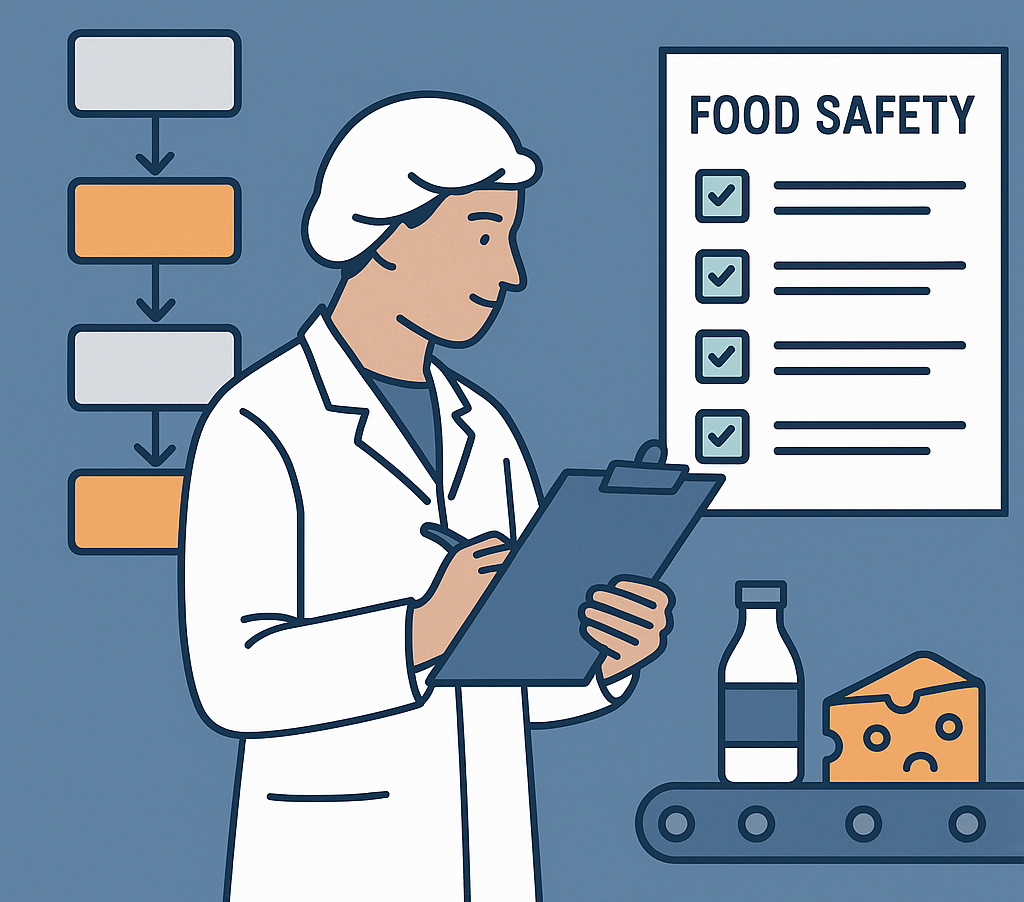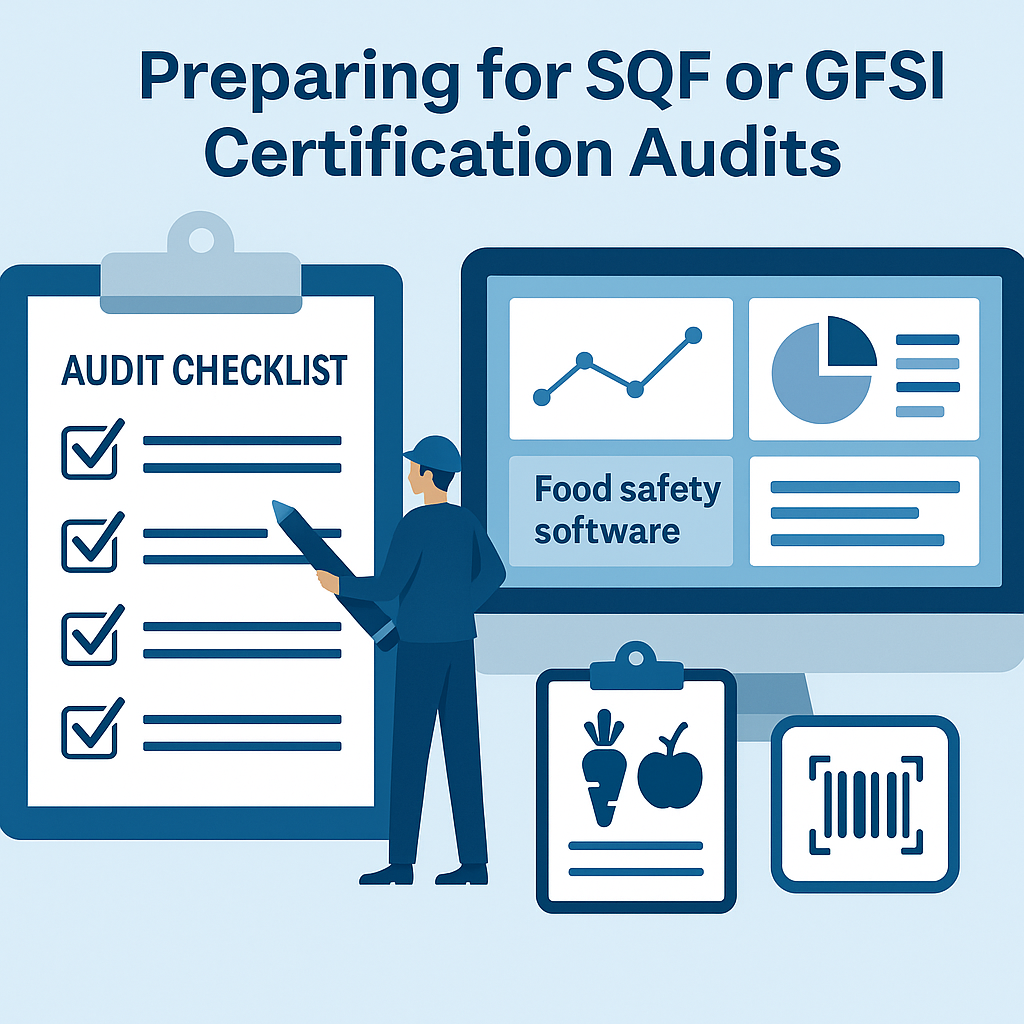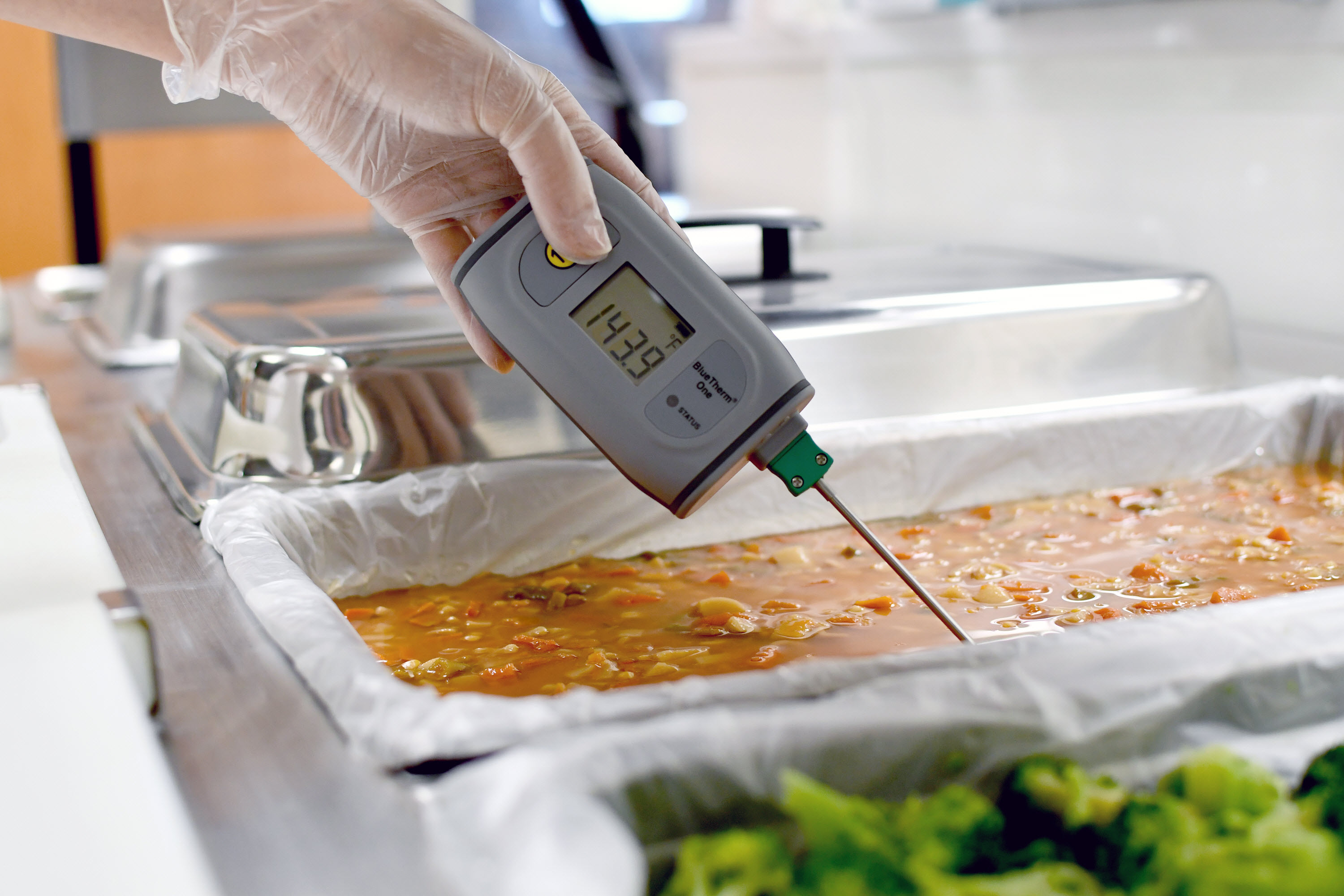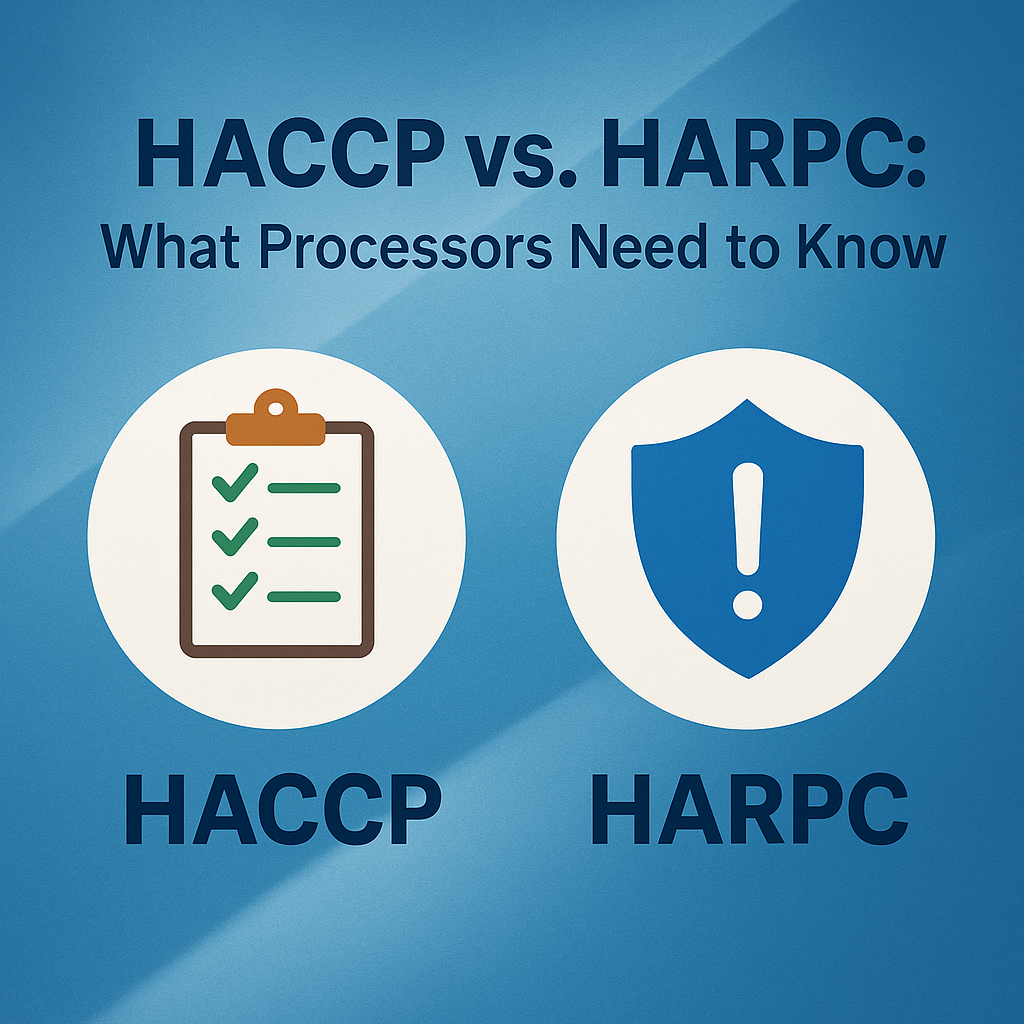A Step-by-Step Approach to Compliance, Efficiency, and Growth
For small and medium-sized food processors, navigating preventive controls can feel like trying to build a skyscraper with a pocketknife. Regulations are clear but complex. Resources are limited. Compliance is non-negotiable. So how do you stay competitive, audit-ready, and efficient without hiring a team of food scientists?
The answer lies in simplifying your preventive controls strategy — not by cutting corners, but by using structured processes, real risk analysis, and smart tools like food safety software to reduce effort and increase confidence.
In this blog, we’ll demystify the topic for busy food company leaders and quality managers. You’ll get:
-
A plain-English overview of what preventive controls are
-
A 6-step implementation plan
-
Practical examples
-
A way to automate and streamline with software
Let’s dive in.
What Are Preventive Controls?
Preventive controls are proactive safety measures designed to prevent hazards (biological, chemical, physical, and allergens) before they reach the consumer. They are a core requirement of modern food safety regulations, including:
-
FSMA (U.S. Food Safety Modernization Act)
-
Safe Food for Canadians Regulations (SFCR) under CFIA
-
GFSI benchmarked schemes (like SQF, BRCGS)
Unlike traditional HACCP, which focuses on Critical Control Points (CCPs), preventive controls take a broader approach. They cover:
-
Process controls (e.g., time/temp in cooking)
-
Sanitation controls
-
Supplier controls
-
Allergen management
-
Recall and traceability procedures
-
Environmental monitoring (for RTE foods)
For example, under FSMA, processors must:
-
Conduct a hazard analysis
-
Identify preventive controls
-
Define monitoring and corrective actions
-
Verify and validate the plan
-
Keep records
-
Reanalyze periodically
Sounds like a lot, right? That’s because it is. But there’s a way to make it manageable.
Why It’s Harder for Small and Medium Processors
SMEs (small and medium enterprises) are the backbone of the food industry. But unlike large manufacturers with full-time QA departments and compliance officers, SMEs often have:
-
Limited technical staff
-
No formal food safety training
-
Paper-based systems that are hard to scale
-
Tight budgets and time constraints
And yet, the regulatory expectations are the same.
Here’s the good news: with the right structure and digital support, SMEs can build world-class preventive controls without breaking the bank.
A Practical 6-Step Method to Simplify Preventive Controls
Let’s look at a structured, streamlined approach to building your preventive controls — without overwhelming your team.
Step 1: Define Your Scope
Start with clarity:
-
What products do you make?
-
What processes are involved?
-
What regulations apply (FSMA, CFIA, GFSI)?
-
What customers require additional standards (retailers, exporters)?
ð¡ Tip: Create a simple matrix that maps product types to processing steps. For example:
| Product | Process Flow |
|---|---|
| Tomato Salsa | Receive → Wash → Chop → Cook → Fill → Label |
This scope sets the stage for your hazard analysis.
Step 2: Conduct Hazard Analysis
This is the heart of your food safety plan.
For each step in your process, identify hazards that are reasonably likely to occur. Group them into:
-
Biological (e.g., Salmonella, Listeria)
-
Chemical (e.g., cleaning residues, allergens)
-
Physical (e.g., metal fragments, glass)
-
Allergen risks (e.g., shared lines, labeling errors)
Assign a risk rating (e.g., High / Medium / Low) based on severity × probability.
Example:
In a small bakery that makes nut and non-nut items:
-
Hazard: Allergen cross-contact
-
Risk: High
-
Preventive control needed: Yes
Step 3: Define Preventive Controls
Now, decide how to control the significant hazards.
Your controls will fall into these categories:
-
Process Controls: e.g., cooking, cooling, acidification
-
Sanitation Controls: validated cleaning procedures
-
Allergen Controls: cleaning, labeling, zoning
-
Supply Chain Controls: certificates of analysis, supplier audits
-
Other Controls: e.g., food fraud mitigation, foreign object detection
Be specific: define the limits, monitoring, responsibilities, and corrective actions for each.
Example:
If your cooking step must hit 74°C for 10 minutes, your process control is:
-
Monitor every batch with a digital probe
-
Record result in logbook or food safety software
-
If temperature not reached, hold product and notify supervisor
Step 4: Implement Monitoring & Corrective Actions
Monitoring keeps your controls active. You must:
-
Define who is responsible (e.g., operator, supervisor)
-
Specify what they must monitor (e.g., pH, temp)
-
Set up frequency (e.g., each batch, daily)
-
Record data consistently
-
Document what to do if things go wrong
Example:
For environmental swabs:
-
Take 5 samples weekly from Zone 2 (non-food contact)
-
If Listeria spp. is detected, hold product, intensify cleaning, and retest
-
Record all actions
Using food safety software ensures that no step is missed, records are stored securely, and alerts are triggered automatically.
Step 5: Verification, Validation & Recordkeeping
Now, prove that your system works:
-
Validation: Scientific proof that a control (e.g. cooking) effectively reduces hazard
-
Verification: Are staff following SOPs? Are logs filled correctly?
-
Recordkeeping: Keep records organized, accessible, and secure
Regulations often require:
-
Daily monitoring records
-
Corrective action reports
-
Internal audits
-
Calibration certificates
-
Training logs
-
Supplier documents
This is where paper systems break down. Missing logs, illegible signatures, or filing errors can cost you during an audit.
Solution: Digital food safety software like NORMEX can centralize, timestamp, and organize every record. You can also automate reports, alerts, and even get analytics for trends over time.
Step 6: Reanalyze Periodically
Your food safety plan is a living document.
Reanalyze:
-
Every 3 years (at minimum)
-
When there’s a change in product, process, supplier, equipment, or regulation
-
After a significant food safety incident
Use the reanalysis to improve — not just comply.
Example:
A sauce company adds a new line for peanut satay sauce. Their allergen control procedures must be updated immediately and validated. They also re-train staff and update their traceability matrix.
Real-World Example: How One SME Simplified Compliance
A 12-employee vegan cheese manufacturer in Ontario had:
-
3 products
-
No QA manager
-
Paper logs for sanitation and temperature
-
Growing retailer requests for traceability and preventive controls
After working with a food safety consultant and using NORMEX food safety software, they were able to:
-
Conduct a complete hazard analysis in 2 sessions
-
Digitize their sanitation and cooking logs
-
Set up automated alerts for temperature breaches
-
Store supplier CoAs in one location
-
Pass their CFIA inspection without non-conformities
“We moved from a pile of binders to a simple dashboard. Everything is faster, and we sleep better.” — Owner
Where Does Food Traceability Fit In?
Preventive controls aren’t just about hazards — they’re about control and visibility across your supply chain.
With food traceability software, you can:
-
Map ingredient lot codes to finished products
-
Conduct fast, targeted recalls (if needed)
-
Reduce liability
-
Improve trust with customers and regulators
In most food safety audits, traceability is one of the first things verified. With a digital tool, what used to take hours can take minutes.
Why Digitize? Benefits of Food Safety Software
Still using binders or Excel?
Here’s what food safety software brings to the table:
| Manual System | With Food Safety Software |
|---|---|
| Paper logs get lost | Digital logs with auto timestamps |
| Errors go unnoticed | Alerts when limits are exceeded |
| Hard to find records | Instant access via search |
| Difficult trend analysis | Dashboards and auto-reports |
| Stressful audits | Click-and-show audit prep |
| Limited traceability | Lot-level backward and forward tracking |
Digital tools don’t replace food safety professionals — they empower them to work smarter.
Want to See It in Action?
At NORMEX, we specialize in simplifying preventive controls for small and medium processors. We offer:
-
Hazard analysis templates
-
Modular control builders
-
Environmental monitoring tools
-
Traceability dashboards
-
Audit-ready reporting
Our platform is already trusted by dozens of SMEs across Canada and the U.S.
ð¯ Schedule a personalized demo here:
ð https://normex.ca/demo
We’ll show you how to go from paper chaos to digital clarity — in days, not months.
Final Thoughts
Preventive controls don’t need to be scary or expensive. When simplified and digitized, they become:
-
A shield against recalls
-
A growth enabler for new customers and markets
-
A way to increase internal confidence and external credibility
If you’re a CEO, QA manager, or plant director at a growing food company, this is your call to action.
Start simple. Start now. Start digital.
Need help? Let’s talk: https://normex.ca/demo






